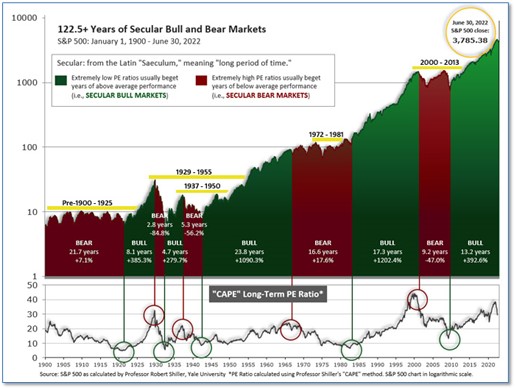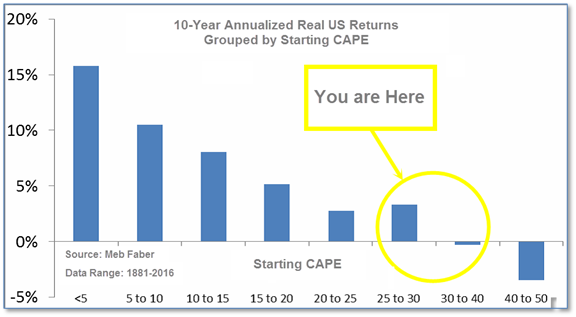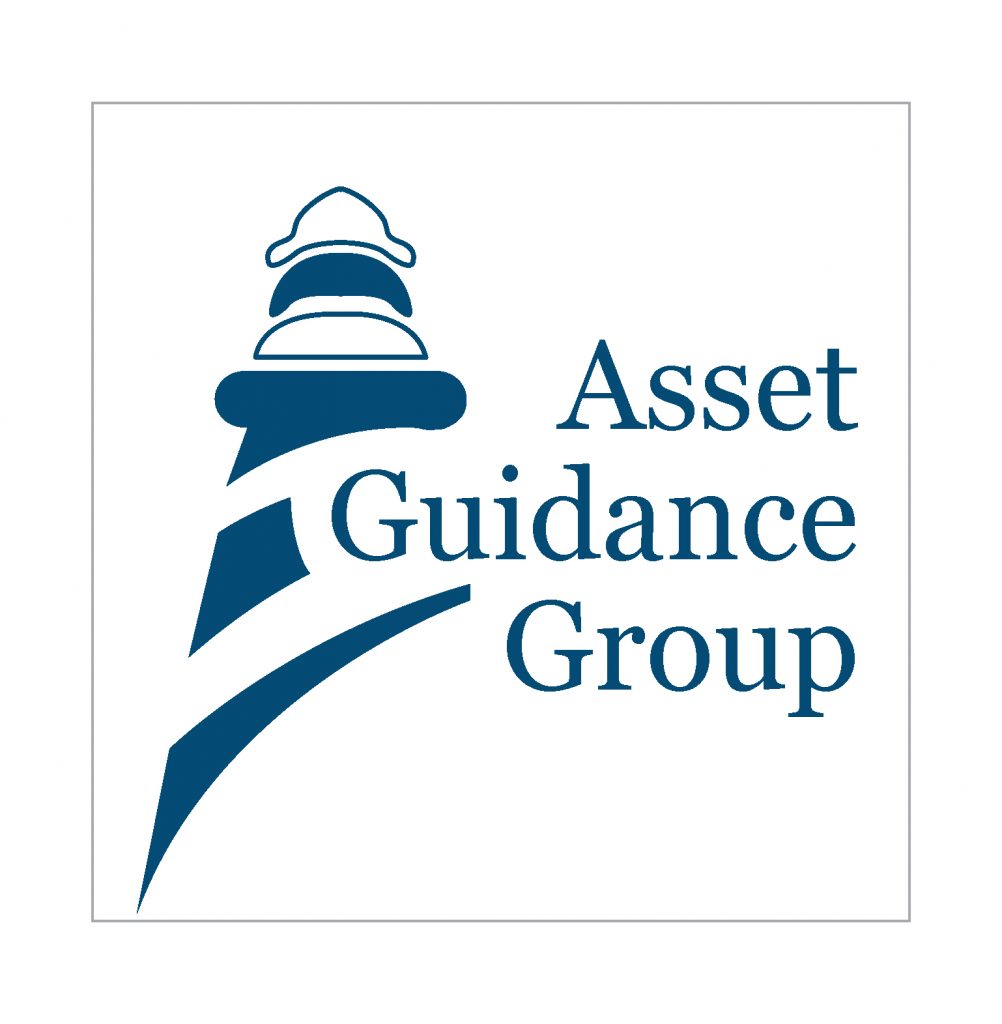The Asset Guidance Group Outlook for the Week Ahead Starting Sep 19, 2023
The Asset Guidance Group Monday Outlook for the Week Ahead Starting Monday Sep 19, 2023 Click Chart to Enlarge Here’s The Asset Guidance Group Outlook
This week is filled with more Fed speak along with the monthly U.S. employment data.
Estimates are pointing towards around 250K jobs added for September, and the JOLTS
report is expected to show over 11M openings still available. Unless those figures start to
come down or the economy starts to exhibit significant stress signals, the Fed is likely to stay on an aggressive hiking path. Today and Tuesday will feature U.S. ISM PMIs and
factory orders, which are expected to turn positive in August. Overseas, the week kicks off with Australia’s central bank decision on interest rates. The RBA is anticipated to deliver a fifth straight 50bps hike even as the housing market shows signs of slowing. On Wednesday, OPEC+ meets as the organization considers lowering production by up to 1
million barrels per day to support prices. Crude oil has closed below $80 for two
consecutive weeks. In Europe, final PMIs will be updated along with producer prices and
retail sales for the region, while Germany’s factory orders and industrial production
numbers will shed light on how the energy crisis is impacting manufacturing. [1]
U.S. Markets: For the month of September the NASDAQ fared the worst, falling -10.5%, while the Dow closed down ‑8.8%. The S&P 500 gave up -9.3%, the mid cap S&P 400 shed -9.4%, and small caps finished down -9.7%. Stocks closed down for a third consecutive quarter. In the third quarter, the Dow gave up -6.7%, the NASDAQ fell -4.1%, and the benchmark S&P 500 ended down -5.3%. The mid cap S&P 400 and small cap Russell 2000 finished the quarter down -2.9% and -2.5% respectively.
International Markets: In September, Canada declined -4.6%, the UK lost -5.4%, and France and Germany ended down -5.9% and -5.4%, respectively. China retreated -5.6%, while Japan plunged -7.7%. Developed markets ended the month down -9.2% and emerging markets plummeted -11.5%. For the third quarter, Canada and the UK pulled back -2.2% and ‑3.8%, while France and Germany closed down -2.7% and -5.2%. China ended the quarter down -11%, while Japan ticked down a relatively modest -1.7%. Emerging markets as a group dropped -13% and developed markets ended down -10.4%.
Commodities: Precious metals were mixed in September. Silver gained 6.5%, while Gold shed -3.1%. Oil plunged ‑11.2% in September and Copper finished down -3.1%. In the third quarter, Gold and Silver declined -7.5% and ‑6.5%, respectively. Oil plummeted -24.8%. Copper finished the quarter down -8.1%.
The number of Americans filing for first-time unemployment benefits fell to its lowest level in five months last week, a sign the labor market remains robust. The Labor Department reported initial jobless claims fell by 16,000 to 193,000 in the week ended September 24th. That’s the lowest level of claims since late April. Economists had expected claims to rise by 2,000. Analysts note recent rate hikes by the Federal Reserve are not yet cooling the economy. In fact, the media continues to report more stories about shortages of skilled workers than layoffs. Ian Shepherdson, chief economist at Pantheon Macroeconomics, wrote in a note to clients, “With labor still very hard to find, firms probably are holding on to people who under normal conditions would have been laid off. At this point, then, the softening of the labor market which the Fed wants appears unlikely to come via rising layoffs.”
Home prices across the country pulled back in July as mortgage rates approach levels not seen since 2007. S&P CoreLogic reported its 20-city home price index fell a seasonally-adjusted -0.4% in July, down from a 0.4% rise in June. The decline slowed the annual rate of increase to 16.1%, down from 18.7% in the previous month. The rate of rise has slowed sharply since reaching a peak of 21.2% in April. All 20 cities comprising the 20-city index reported lower home year-over-year prices. Tampa, Miami, and Dallas reported the highest year-over-year gains among the 20 cities in July. Price growth was strongest in the South and Southeast—up over 26% over the past year. San Francisco, Seattle, and San Diego reported the steepest fall in home prices. Craig J. Lazzara, managing director at S&P DJI, summed up the report succinctly, “July’s report reflects a forceful deceleration.” Stephen Stanley, chief economist at Amherst Pierpont, wrote in a note, “The cooling has come fast and hard. Cities in the West posted the steepest increases during the pandemic, and they are reversing hard now.”
Economic growth slowed in August, according to data from the Federal Reserve Bank of Chicago, adding to signs of an impending recession. The Chicago Fed’s National Activity index (CFNAI) monthly decline in August was driven by weakness in production-related indicators, whose losses offset gains by the index’s other components. The CFNAI, designed to gauge overall economic activity and inflationary pressures on a nationwide level, is composed of 85 economic indicators from four broad categories of data: production and income; employment, unemployment and hours; personal consumption and housing; and sales, orders and inventories.
Inflation in August was stronger than expected despite the Federal Reserve’s efforts to bring down prices. The Personal Consumption Expenditures (PCE) index, rumored to the be the Federal Reserve’s preferred measure of inflation over the CPI, rose 0.3% in August, up from a -0.1% decline in July. Excluding food and energy, so-called “core” PCE rose 0.6% for the month. On an annual basis, core PCE increased 4.9%–more than the 4.7% consensus forecast and up 0.2% from the previous month. The Fed generally favors core PCE as the broadest indicator of where prices are heading as it adjusts for consumer behavior. Regardless of which metric is chosen, CPI or PCE, the data shows inflation running well above the central bank’s 2% long-run target.
Orders for goods expected to last at least three years, so-called ‘durable goods’, pulled back slightly in August because of lower demand for large aircraft, but investment rose in a sign the economy is still plowing ahead. The Census Bureau reported orders for durable goods fell -0.2% in August, less than the -0.5% decline economists had expected. More importantly, analysts note, ‘core orders’ jumped 1.3% last month showing surprising strength. Core orders exclude big-ticket items like military spending, auto manufacturing, and airplane manufacturing that can skew the report wildly one way or the other. Analysts look to core orders for a more reliable sign of demand in the broader economy. Senior U.S. economist Andrew Hunter of Capital Economics stated the drop in orders “wasn’t as bad as we expected and suggests that business equipment investment is, for now at least, still holding up in the face of surging interest rates.”
Confidence among the nation’s consumers hit a five-month high this month, predominantly due to the fall in gas prices. The Conference Board reported its index of U.S. Consumer Confidence rose 4.4 points to 108 in September. Economists had expected a reading of 104.5. Falling gas prices eased the anxieties of Americans feeling the pain of high inflation, but now rising interest rates are increasing the borrowing costs for houses, cars, and just about everything else. In the details, a measure of how consumers feel about the economy right now rose 4.3 points to 149.6 in September, while a similar gauge that looks ahead six months climbed to 80.3 from 75.8—the highest level in seven months. [2]
NFT’s, which stands for “non-fungible tokens”, are cryptographic digital assets that exist on a blockchain with unique identification codes and metadata that distinguish each from all others. Unlike cryptocurrencies, like Bitcoin, that are identical and, therefore, can serve as a medium for transactions, NFTs are unique and intended to represent some real-world asset like a work of art, music, photos, etc. NFTs have been made to represent things as widely varied as NBA “Top Shot” photos and Twitter founder Jack Dorsey’s very first tweet ever, in which he wrote: “just setting up my twttr.” At one time in the not too distant past, NFTs were touted as being “the next big thing”. Recently, however, trading in NFTs has absolutely plummeted—now down 97% from the peak in January of this year. The fading NFT mania is part of a wider, $2 trillion wipeout in the crypto sector overall as rapidly tightening monetary policy starves speculative assets of investment flows. (Chart from Bloomberg.com). [3]
While three central bank interest rate decisions await this week, global investors will
focus squarely on Wednesday’s FOMC meeting. Amid last week’s rumors of a 100bps
hike, traders are pricing in 75bps and indications that further substantial increases
are coming. Yes, annual inflation did decrease from 8.5% to 8.3% last month, but it
remains miles away from the Fed’s intended 2% target. While supply chain disinflation
is finally emerging, the U.S. labor market is still far too tight to bring demand growth
and thus inflationary pressures down quickly enough. After delaying its decision by a week, the Bank of England is expected to raise by 50bps but may consider more after prime minister Truss announced a supportive package to cap household energy bills. The Bank of Japan may be considering a policy shift after conducting a rate check last week, which is widely interpreted as a potential currency intervention to prop up the sinking yen. But experts see raising the cap on 10-year government bond yields more likely than the BOJ raising short-term rates, as inflation still hovers near just 2.5%. The other main event this week is Friday’s global PMIs, with updates on supply and demand conditions for the manufacturing and services sectors amid recession concerns. Other releases of note include U.S. housing starts and existing home sales, Canada’s August CPI, and EU consumer confidence. [5]
The British pound/U.S. dollar currency pair (GBP/USD, also known as “cable”) hit a record low on Monday as investors rejected the new government’s tax and spending plans. Cable has been under pressure for
some time due to dollar strength, but this poured fuel on the fire, sending the pair down 27% from last May’s highs and 23% YTD as of last Monday’s low. Sentiment stretched to extreme levels,
allowing a slight rebound the rest of the week, but the struggles are far from over.
The pair’s record high since being allowed to float freely in 1971 was $2.649 a year later. After hitting $1.03 last week and with analysts expecting parity by November, it’s had quite the fall from grace. Click on the Chart to Enlarge. [6]
Sources: [1] tdainstitutional.com; [2] [3] [4] Asset Guidance Group analysis, www.stockcharts.com; All index- and returns-data from Yahoo Finance; news from Reuters, Barron’s, Wall St. Journal, Bloomberg.com, ft.com, guggenheimpartners.com, zerohedge.com, ritholtz.com, markit.com, financialpost.com, Eurostat,0020Statistics Canada, Yahoo! Finance, stocksandnews.com, marketwatch.com, wantchinatimes.com, BBC, 361capital.com, pensionpartners.com, cnbc.com, FactSet; Chart from Bloomberg.com; [5] [6] tdainstitutional.com;
Past performance is no guarantee of future results. Inherent in any investment is the potential for loss.




5 Questions to Ask About Medicare Downloadhttps://assetguidancegroup.com/5-questions-to-ask-about-medicare/
The Asset Guidance Group Monday Outlook for the Week Ahead Starting Monday Sep 19, 2023 Click Chart to Enlarge Here’s The Asset Guidance Group Outlook
The Asset Guidance Group Monday Outlook for the Week Ahead Starting Monday Sep 11, 2023 Click Chart to Enlarge Here’s The Asset Guidance Group Outlook
The Asset Guidance Group Monday Outlook for the Week Ahead Starting Monday Aug 28, 2023 Click Chart to Enlarge Here’s The Asset Guidance Group Outlook
The Asset Guidance Group Monday Outlook for the Week Ahead Starting Monday Aug 21, 2023 Click Chart to Enlarge Here’s The Asset Guidance Group Outlook
The Asset Guidance Group Monday Outlook for the Week Ahead Starting Monday Aug 14, 2023 Click Chart to Enlarge Here’s The Asset Guidance Group Outlook
The Asset Guidance Group Monday Outlook for the Week Ahead Starting Monday Aug 7, 2023 <figure> <a href=”https://assetguidancegroup.com/wp-content/uploads/2023/08/230807.ChtOWk.png”> <img width=”800″ height=”470″ src=”https://assetguidancegroup.com/wp-content/uploads/2023/08/230807.ChtOWk-1024×602.png” alt=”Find True Fiduciary

Illuminating.Charting.Navigating